
Click the audio below to let your ears ‘feel’ mechanics
Farts are something people generally avoid. Imagine if a cow farted next to you; the sound would likely be prolonged, and there might even be some ‘unknown objects’ flying out. But who would have thought that there are people specifically collecting cow farts, and they have even invented a cow fart collection bag? According to media reports, researchers from Argentina can collect about 300 liters of methane gas from one dairy cow every day through experiments. So, what is the purpose of collecting cow farts? How do cows produce methane?
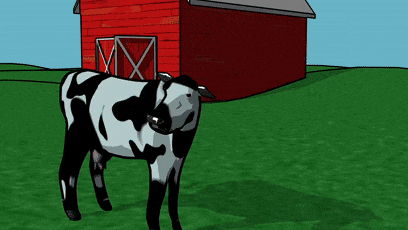
What is a fart?
First, let’s talk about what this thing that people avoid is. A fart, also known as ‘flatus’, is waste gas expelled from the anus. It is a mixture of gases, primarily composed of nitrogen, hydrogen, carbon dioxide, methane, oxygen, ammonia, volatile amino acids, and short-chain fatty acids.Nitrogen accounts for 59%; hydrogen 21%; carbon dioxide 9%; methane 7%; and oxygen 3%. These are all odorless gases, while the remainingammonia, volatile amino acids, and short-chain fatty acids are the sources of the odor in farts, making up less than 1% of the total volume of the fart.
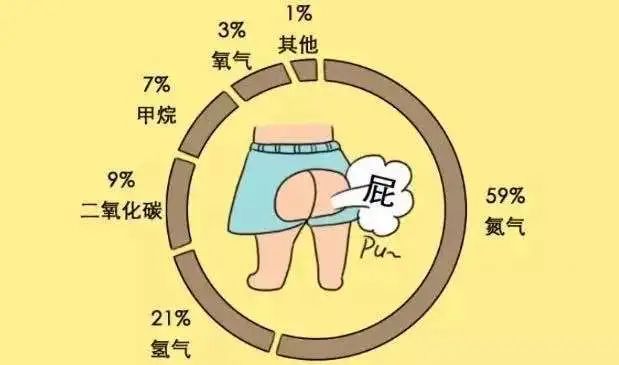
🔺Composition of Farts
How do cows produce methane?
As we all know,cows are ruminants, and their unique digestive system makes them significant producers of methane.The stomach of a cow is divided into four parts: the rumen, reticulum, omasum, and abomasum. Among them, the rumen is the largest,and the microbial ecosystem in the rumen is closely related to methane production.
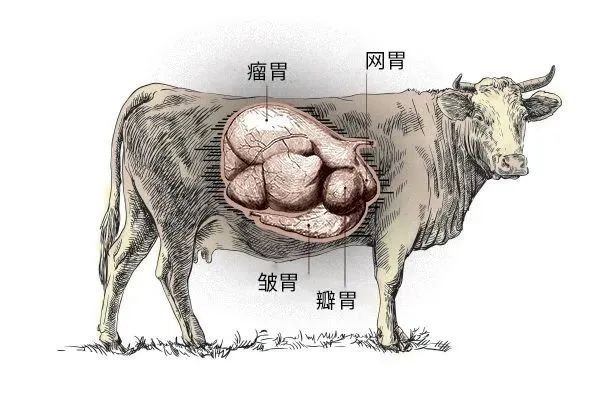
🔺The Four Stomachs of Cows
When ruminants consume plant feed rich in cellulose and hemicellulose, these substances undergo an anaerobic fermentation process in the rumen, converting into propionic acidand generating a large amount of carbon dioxide. During this process,microorganisms in the rumen break down carbohydrates, producing volatile fatty acids and releasing numerous electron carriers, which are then reduced to hydrogen gas.
Then, the methanogenic archaea in the rumen, especially the dominant methanogens,utilize this hydrogen and formate to convert carbon dioxide into methane through a hydrogenotrophic pathway.This pathway is the primary method of methane synthesis in the rumen, and it is estimated that about 82% of methane in the rumen is produced this way.
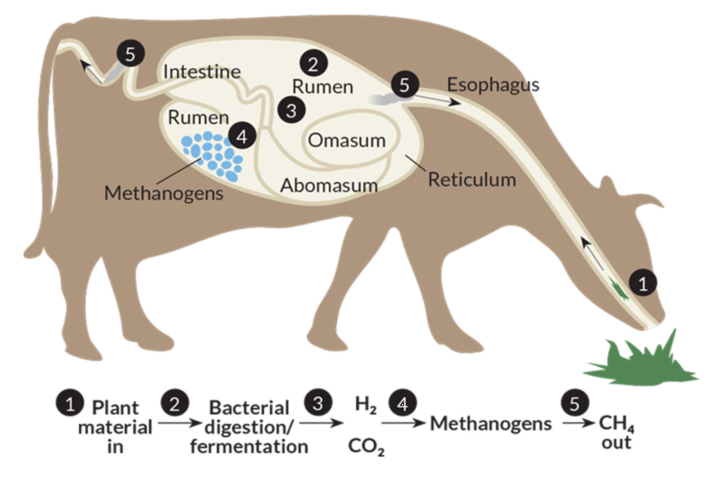
🔺The Process of Methane Production in Ruminants
In addition to this primary pathway, some methanogenic archaea in the rumen can oxidize methyl-containing compounds, such as methylamine, methanol, and methanethiol, into carbon dioxide, generating electrons in the process. Theseelectrons are then used to reduce methyl to methane..
Moreover, some specific methanogenic archaea, such as Methanobrevibacter, can react with acetate to convert it into carbon dioxide and methane. Ultimately, the methane produced in the cow’s body is expelled into the external environment through burping or farting.
Why collect cow farts?
When it comes to greenhouse gases, the first reaction is usually carbon dioxide, which is indeed the most common greenhouse gas in terms of emissions. Although the total amount of methane is far less than that of carbon dioxide in the atmosphere,the greenhouse effect potential of each methane molecule is 25 times that of carbon dioxide.The so-called greenhouse effect potential is an index that generally refers to the greenhouse effect caused by various greenhouse gases over a 100-year period, with carbon dioxide as the baseline. This mainly depends on the chemical substance’s ability to absorb infrared radiation and its lifespan in the atmosphere. Methane not only has a strong ability to absorb infrared radiation but also has a long lifespan in the atmosphere, typically remaining in the air for 9-15 years.
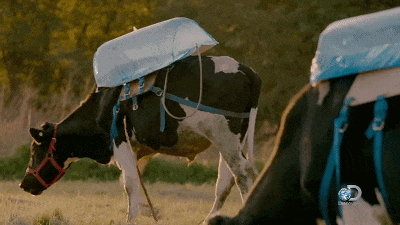
🔺Cow Fart Collection Backpack
Therefore, to address the environmental issues caused by cow farts, scientists in Argentina have invented a ‘cow fart backpack’. This backpack can directly insert a tube into the cow’s stomach to collect the methane gas it produces. In this way, each cow can collect about 300 liters of methane per day. The collected methane can be purified into natural gas for use as vehicle fuel.
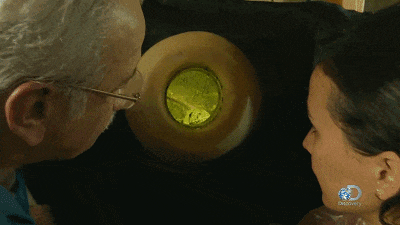
Inserting the Tube into the Cow’s Stomach
What methods are there to reduce methane emissions from cows?
In addition to collecting cow farts, scientists have also thought of other ways to address the environmental issues caused by cow farts. The methane emissions from dairy cows are mainly related to their feed composition and the digestive processes in the rumen. Based on this understanding, some scientists have conducted experimental studies and found thatadding a specific additive to dairy cow feed can significantly reduce methane emissions by up to 30%.
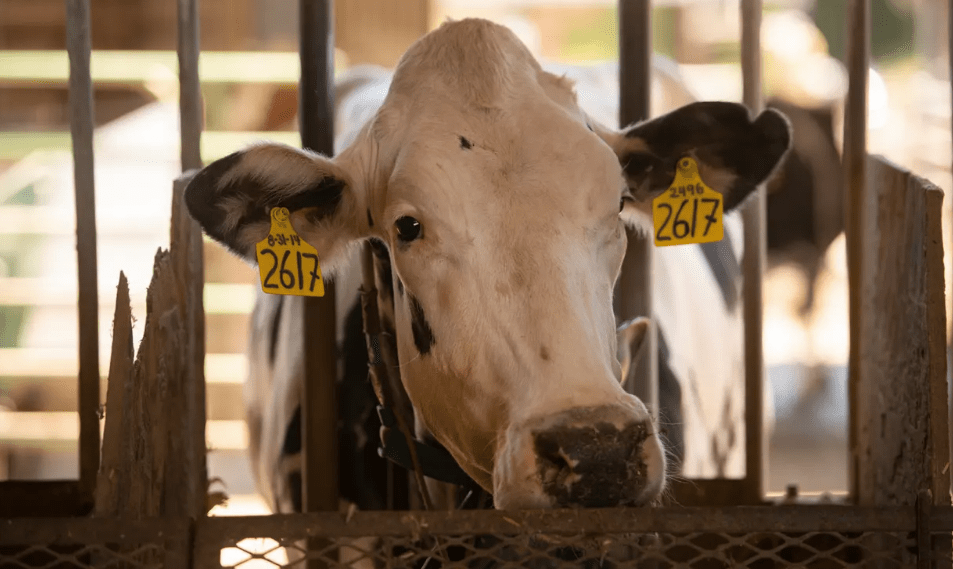
This additive is called 3NOP (3-nitrooxypropanol), and its mechanism of action is toinhibit the activity of enzymes in the rumen, preventing the catalytic reaction between the enzymes and the feed, thereby reducing methane production. Experimental results show that compared to the control group without 3NOP, cows using this additive not only reduced methane emissions by 30% but also significantly increased their weight by 80%.
In addition to adjusting feed composition, scientists have also explored other methods to reduce methane emissions from dairy cows. In New Zealand, some dairy cows have beenvaccinated with a special vaccine that can inhibit a type of methanogenic microorganism in the rumen, effectively preventing methane production during digestion.
Unexpectedly, farts are the best new energy source. It seems that collecting cow farts, which may appear to be an undignified and unpleasant job, is actually an environmentally friendly and energy-saving scientific attempt. This work has created a positive demonstration effect for us humans to reduce greenhouse gas emissions and develop new energy sources.
References
[1]https://www.fastcompany.com/3054212/collecting-cow-farts-the-stupid-brilliant-solution-to-global-warming
[2]https://www.livescience.com/52698-kangaroo-farts-produce-methane.html
[3]https://mp.weixin.qq.com/s/tgy7CjbaIXEEpbl4yihpNA
[4]https://mp.weixin.qq.com/s/lbDcZlBV405Ri6Cr3fTiaw
[5]https://mp.weixin.qq.com/s/luZcF30hdB9NX_RV9bxTbA
[6]https://mp.weixin.qq.com/s/O-kFUVZRxhMJhW40q_nHFg
[7]https://mp.weixin.qq.com/s/qJLzENyVlEAMOiiI8MUKWA


Images sourced from the internet for educational reference only

Mechanics Popular Science
The Mechanics Popular Science public account is affiliated with the Chinese Society of Mechanics, publishing related popular science news and competition information, recommending the latest developments in science and technology, and aiming to bring the public closer to science, understand mechanics, and stimulate interest in learning science and technology.

Friendly Reminder
If you like this article, feel free to share it, and please indicate the source when reprinting.
For cooperation and submission inquiries, please contact:[email protected]
 Click to read the original text, participate in the survey, and let us know your thoughts
Click to read the original text, participate in the survey, and let us know your thoughts